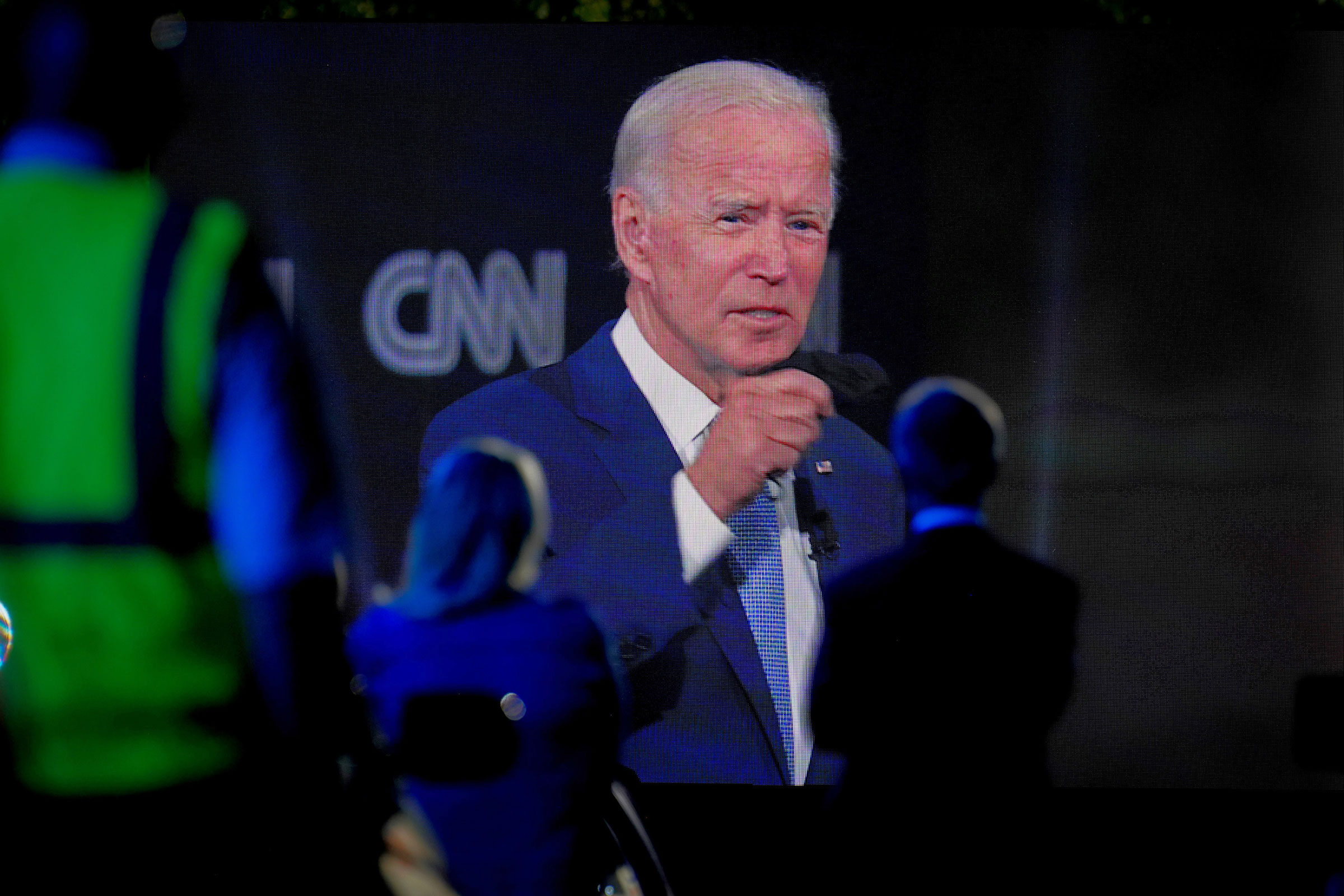
This article is part of the The DC Brief, TIME’s politics newsletter. Sign up here to get stories like this sent to your inbox every weekday.
The younger progressives who powered the campaigns of vanquished White House hopefuls Bernie Sanders and Elizabeth Warren seem to have finally shed their disappointment and are facing the dichotomy ahead: either they help President Donald Trump win a second term, or they embrace the title of a bracingly funny Instagram account and “Settle for Biden.”
In new polling for The Wall Street Journal, NBC News and Quibi, data suggest that Millennial and GenZ voters — broadly, all those under 40 — are coming around to former Vice President Joe Biden. That wasn’t always a given, nor is it an obvious match: Biden would be the oldest American ever to start the job of President, his policies are pragmatic, and his inside-the-Beltway credentials do not exactly evoke the revolutions promised at Sanders and Warren rallies. Still, with fewer than six weeks to go before Election Day and voting already underway, these younger voters seem to have made a decision.
It’s not that they suddenly love the Democratic candidate. Biden’s unfavorable rating among this demographic is holding steady at about 40%. (Trump’s is parked at about 60%.) Instead, the share of younger voters who say they have a favorable view of the former Vice President has climbed 10 percentage points between the samples taken during a January-to-August window and another in September, from 28% in the first stretch of this year to 38% now. That leaves Biden essentially with as many haters as fans after indifferent voters recognized their choice. (Trump is underwater by a 2-to-1 margin on this emotional question of favorability.)
The numbers also suggest Biden has ever-so-slightly improved his electoral prospects with young voters from the earlier surveys. He now leads Trump by a 59% to 33% margin. Fueling the gains? Biden has made inroads with men and women, voters of color and whites, and self-described liberals since earlier this year. The one subset where Trump seems to have made gains? Self-described moderates.
Taking an even more narrow slice of the electorate, Tufts University’s analysis of voters under 30 suggests similar antipathy for Biden during his primary. On Super Tuesday back in March, Biden lost voters under 30 in each of the 14 states casting ballots, but he still carried nine states. How? Older voters are reliable voters; younger voters are not. In the primaries, the shocking latent power of these voters went untapped, even when their dynamic duo of Sanders and Warren were still in the race.
Biden is going to need to motivate these younger voters to show up — and stand with him — in November if he’s going to have a shot. But that won’t necessarily be easy. Voter registration for voters ages 18 to 24 is actually down from 2016 in some traditionally contested states, according to surveys.Ohio voter registration among that cohort is down 17% from 2016, Pennsylvania is down 10%, and Iowa and Nevada are down 2%. On the other side of the ledger, though, Georgia’s numbers in this cohort are up 28%, Texas is up 13% and Arizona is up 10%. Those numbers cover voters who could vote Republican or Democratic; one-in-three Millennial and GenZ voters in the Journal/ NBC/ Quibi poll support for Trump. But these states — all places where both parties have been pushing more young voters to register — may just tell us where they see the 2020 fight heading.
Make sense of what matters in Washington. Sign up for the daily D.C. Brief newsletter.
More Must-Reads from TIME
- Cybersecurity Experts Are Sounding the Alarm on DOGE
- Meet the 2025 Women of the Year
- The Harsh Truth About Disability Inclusion
- Why Do More Young Adults Have Cancer?
- Colman Domingo Leads With Radical Love
- How to Get Better at Doing Things Alone
- Michelle Zauner Stares Down the Darkness
Write to Philip Elliott at philip.elliott@time.com